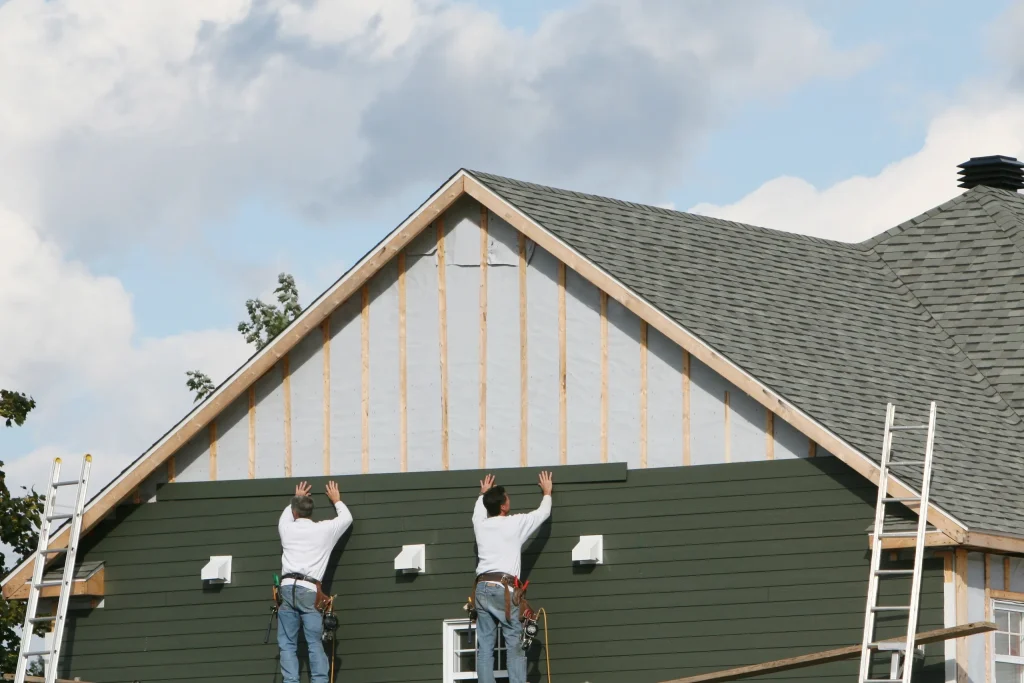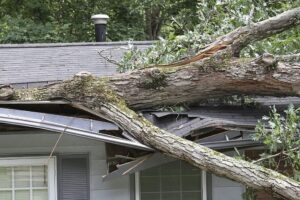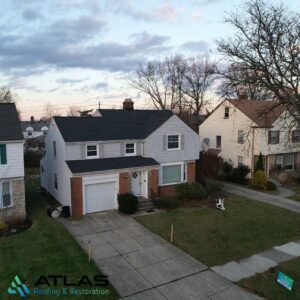Your home’s siding is more than just an aesthetic feature—it’s the first line of defense against harsh weather, pests, and moisture. In a city like Cleveland, where winters can be brutal and summers unpredictable, siding takes a constant beating from the elements. Over time, this exposure can cause wear and damage that compromises both the appearance and integrity of your home.
If you’re a homeowner in the area, it’s essential to recognize when it’s time to take action. Early detection and timely siding repair in Cleveland can save you thousands of dollars in future repairs and maintain the value of your property. In this guide, we’ll explore the most common signs that your siding may be due for professional attention.
1. Cracks, Gaps, or Holes in the Siding
One of the easiest problems to identify is visible physical damage. Cracks, holes, or gaps in your siding panels are usually caused by weather-related stress, aging, or even impact from tree branches or debris. These small issues might seem minor, but they allow moisture to seep behind the siding, leading to mold growth and rot in your home’s structure.
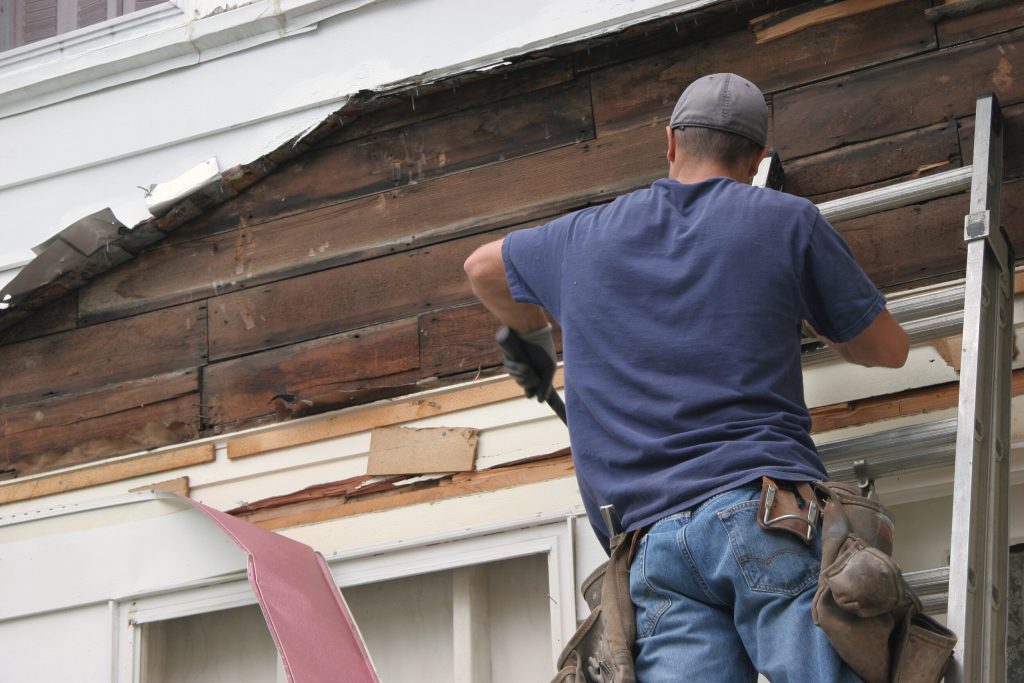
In Cleveland’s freeze-thaw cycle, trapped moisture expands and contracts—worsening these cracks. Immediate repair is the only way to prevent these small problems from becoming much larger and costlier.
2. Warping or Buckling Panels
When siding warps or buckles, it’s often because of moisture infiltration or heat exposure. This sign is especially common with vinyl siding that’s been installed too tightly or without proper ventilation. Warped siding doesn’t just look bad—it can also pull away from the home, creating vulnerable points for water and pests to get in.
Cleveland’s hot summers and snowy winters create extreme temperature swings, making siding more susceptible to expansion and contraction. If you notice your siding looks like it’s bulging outward or curling at the edges, it’s time for a professional assessment.
3. Mold, Mildew, or Fungus
Green, black, or brown streaks and patches on your siding could indicate the presence of mold, mildew, or fungus. These usually develop in damp, shaded areas and suggest that water is being trapped behind or within the siding material. If left untreated, these fungi can break down the material and even spread to interior walls, creating serious health hazards.
Given Cleveland’s often humid and rainy conditions, this is a common issue—especially on older homes or those without proper drainage systems.
4. Fading or Discoloration
All siding materials will fade over time due to sun exposure, but excessive fading—especially within just a few years—can be a sign that the siding is deteriorating and no longer able to protect your home efficiently.
Uneven discoloration may also be a warning that water is leaking behind the siding or that the material is starting to fail. If your siding has lost its vibrant color and now appears dull or washed out, it’s worth having it evaluated by an expert.
5. Loose or Missing Pieces
Heavy wind, hail, or snow buildup can cause sections of siding to become loose or even fall off entirely. This is a serious issue because it exposes your home’s underlayment and sheathing to water, wind, and insects.
In Cleveland, wind gusts and lake-effect snowstorms can do real damage to even well-maintained siding. If you notice any missing sections or if you hear flapping noises during storms, your siding is not secure and should be repaired immediately.
6. Bubbling or Blistering
Bubbles and blisters under your siding surface usually indicate one thing: moisture is trapped underneath. This is typically the result of poor installation, subpar materials, or failure of the waterproof barrier beneath the siding.
Once moisture gets behind your siding, it can lead to internal rot, mold, and even insulation issues. Bubbling is a sign that the damage is already in progress, and prompt action is crucial.
7. Peeling Paint or Wallpaper Inside Your Home
Believe it or not, what’s happening on the outside of your home can directly affect what you see inside. Peeling interior paint or bubbling wallpaper may be signs of moisture entering through failed siding.
If your home’s siding is no longer providing a proper seal, moisture will seep into the wall cavity, affecting drywall and insulation. These symptoms are your home’s way of signaling that there’s a leak, often caused by faulty or aging siding.
8. Higher Energy Bills
Your siding plays a crucial role in insulating your home. When it starts to fail, your HVAC system has to work harder to maintain comfortable temperatures, especially during Cleveland’s cold winters and hot, humid summers.
If you’ve noticed an unexplained increase in your energy bills, damaged or underperforming siding could be to blame. It’s allowing warm or cool air to escape and making your heating and cooling systems work overtime.
9. Infestations and Pest Damage
Gaps or holes in your siding provide easy access for pests like termites, ants, wasps, or even small rodents. Once they find a way in, they can cause structural damage, nest in your insulation, and potentially spread into the living areas of your home.
Termites in particular can burrow into siding, especially wood, and silently cause severe damage before being detected. If you’ve noticed increased pest activity around your exterior, your siding might be the entry point.
10. Outdated Siding Materials
Sometimes, the issue isn’t that your siding is damaged—it’s that it’s simply outdated and no longer effective. Older siding materials, especially those installed 20 or more years ago, may not meet modern standards for weather resistance, insulation, or safety.
In Cleveland, older homes are charming but often come with maintenance headaches. If your siding hasn’t been updated in decades, it’s likely time for a professional evaluation to determine if repairs or replacement is needed.
The Risk of Waiting Too Long
Some homeowners delay siding repairs because the issues seem small or cosmetic. Unfortunately, waiting can lead to:
- Structural wood rot
- Interior wall damage
- Mold infestations
- Insulation failure
- Decreased curb appeal
- Lower resale value
The cost of repairing a small crack today is far less than replacing entire sections of your wall or dealing with mold remediation in the future.
When to Call the Pros
If you’re noticing one or more of the signs listed above, it’s best to consult with a siding professional. A qualified expert will conduct a thorough inspection and provide guidance on whether you need minor repairs or full siding replacement.
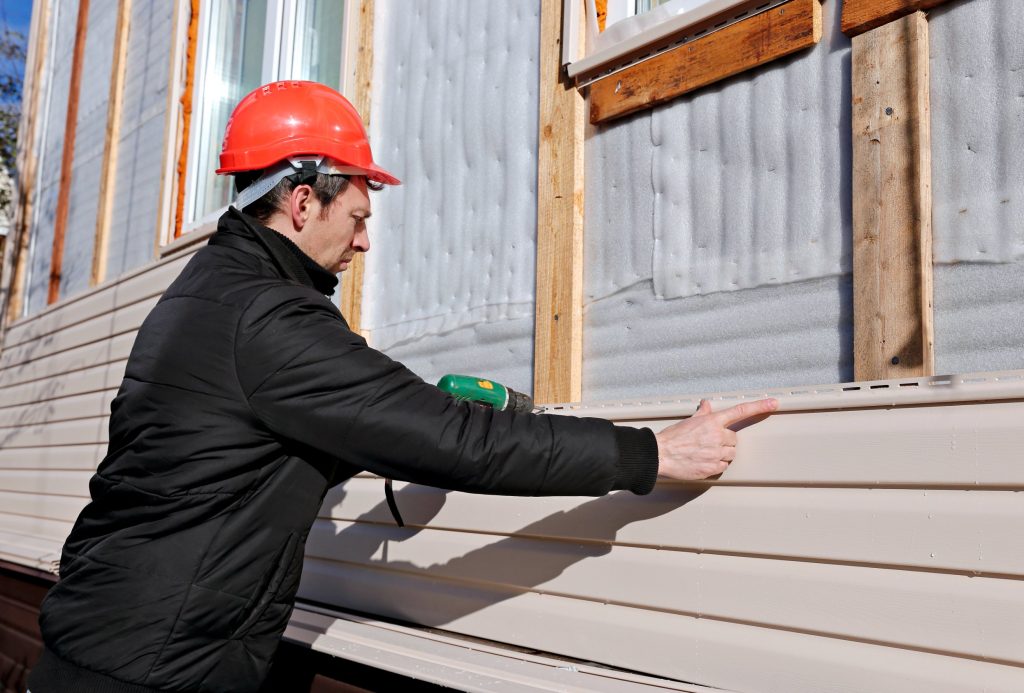
Choosing a local contractor is important. You want someone who understands Cleveland’s climate and the unique challenges it presents to home exteriors.
Trust Atlas Roofing & Restoration for Siding Repair in Cleveland
At Atlas Roofing & Restoration, we understand the demands Cleveland weather places on your siding. Whether you’re dealing with warping, cracks, mold, or energy inefficiency, our team of trained professionals is here to help. We use durable materials, industry-best practices, and unmatched attention to detail to ensure your home stays protected year-round.
Don’t wait for a small issue to become a major headache. Contact Atlas Roofing & Restoration today to schedule a siding inspection and experience reliable, affordable siding repair Cleveland homeowners trust.

